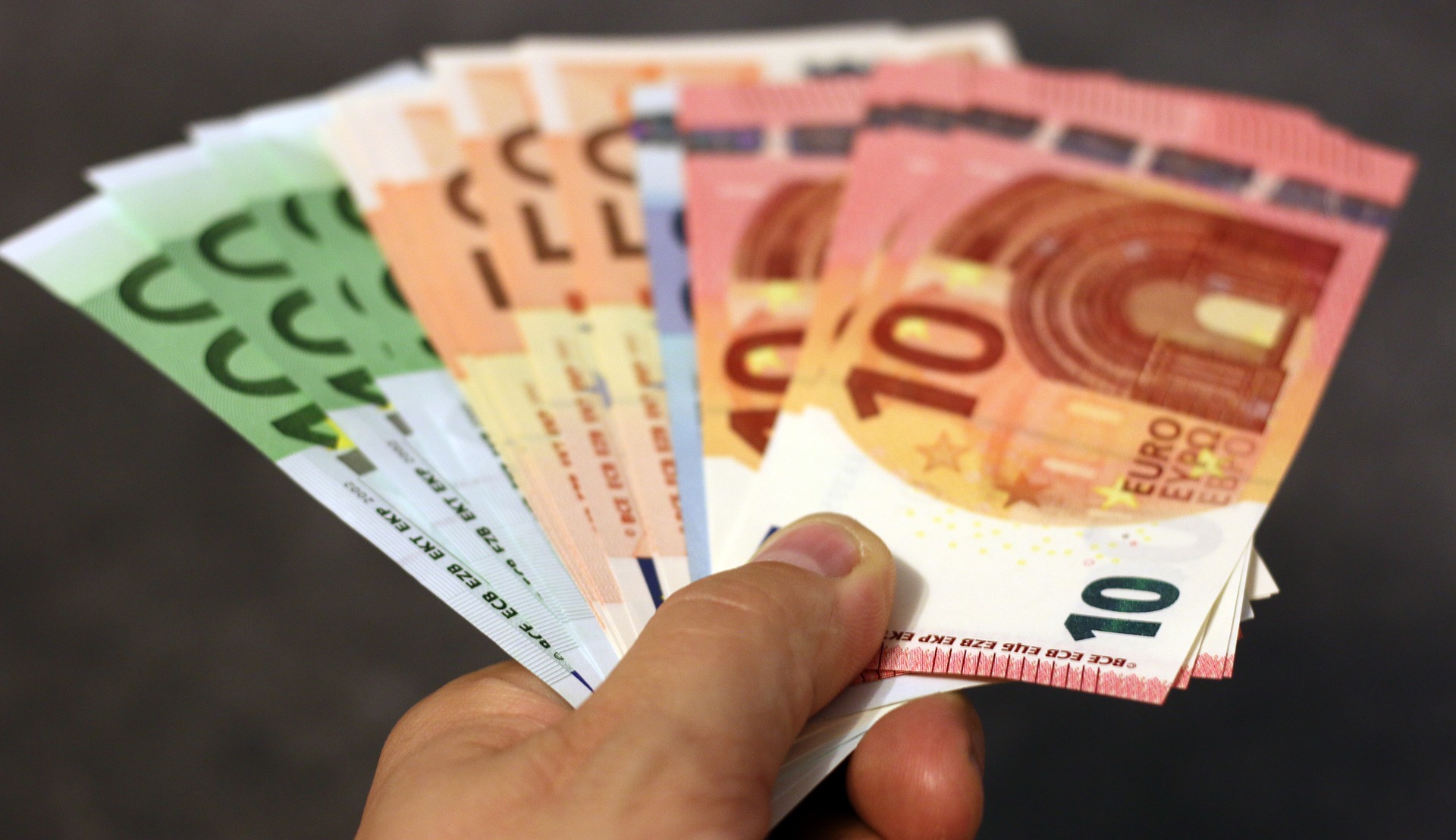The EUR/USD hits multi-month lows at 1.1267 as the Russia-Ukraine war continues. The energy crisis in Europe brings EUR/USD to levels last seen in June 2020.

EUR/USD at Multi-Month Low at 1.1267
The EUR/USD is trading at 1.1267 levels, almost touching a 2-year low. It is at levels last seen in June 2020. The Euro to US Dollar dropped 1.8% on February 24, 2022, as Russian troops entered Ukraine.
Though the EUR/USD recovered from 1.1106 levels to 1.1267 levels on Tuesday, the currency pair will weaken further if the conflict continues. 1.1179 is a strong support area for the Euro to Dollar currency pair.
Global trade hit by the Russia-Ukraine crisis causes great concern to every country. The euro region is one of the worst-hit as it depends on Russia for energy and oil, weakening the EUR/USD in the forex market.
Countries just started to recover from the pandemic, but the recent Russia-Ukraine crisis hits global economies again. Central banks intended to hike interest rates to curb inflation and put the economy back on track. But, government policies will come under pressure again if the trade supply gets broken by the geopolitical tensions.
Trade Partners of Russia and Ukraine
Russia exports crude petroleum and petroleum products to other countries.
It is also a major supplier of wheat. The Russian war will hinder the supply of these products to China, Netherlands, Germany, Italy, and Belarus.
Ukraine exports steel, petroleum products, and grains like wheat, corn, and barley. It exports most to Russia, Belarus, Kazakhstan, Turkey, and China. Ukraine’s main export is in agricultural products.
The National Bank of Ukraine suspended the transfer of digital money as a measure to handle the war. Ukraine President Zelenskiy claims that Russia intends to destroy Ukraine.
The Russian military forces are closing over various parts of Ukraine. The war disrupts the financial and banking sector, making people switch to cryptocurrencies.
Sanctions imposed on Russia have hurt the supply chain across countries. Western countries like the US and the UK introduced sanctions on Russia to bring the conflict to an end.
The RUB/USD currency pair weakened to life lows at 0.01192 in February 2022.
The central bank limited cash withdrawals and suspended the foreign exchange market.
Crude Prices Surges Higher
Crude prices are moving higher as the WTI surged to $97mark. Brent crude swept past the $100 per barrel on the Ukraine invasion. Russia is the largest exporter of crude oil, and further war escalation may drive prices higher. If such a situation occurs, it may result in a supply crisis.
But, the Biden administration may step up its oil production to control prices and meet internal demands.
Europe depends on Russia’s energy supply to meet internal demand. Energy costs are already soaring in the Euro region due to a shortage in supply, weakening the EUR/USD. The extreme cold weather increased the demand for energy and gas. Russia meets almost 35% of petroleum supply to the Euro region. If Europe imposes sanctions against Russia’s energy sector, both countries will be affected.
The European Union placed sanctions on the Russian banks and access to technology parts. The Euro region faces severe security threats from the war.
US Dollar Rises Higher as a Safe-Haven Asset
The demand for the US Dollar has gone up.
The US Dollar, considered a safe haven currency, has many investors flocking to it, raising the currency value towards a two-year high at 97.73. Investor jitters are driving the greenback higher.
US President slammed “severe sanctions” on Russia to bring the war under control. Russian President also made a statement on issuing sanctions on the west.
The US inflation rate is at a four-decade high, and if war continues, there is a fear of escalating inflation rates, which will affect the common man.
All eyes are turned on the US, the UK, and Europe, waiting for their reaction to the geopolitical tension.
US President Joe Biden imposed sanctions on Russia, asking them to move away from the Ukraine territory. Sanctions on tech exports and restrictions imposed on major Russian banks will hit Russian trade.
Major Currencies Weaken
GBP/USD slid to a two-month low at 1.3405, as it slipped lower.
EUR/GBP currency pair closed at 0.8403. The geopolitical war takes a toll on the Euro value as it drifts lower.
The Euro against the Swiss franc is at a seven-year low. EUR/CHF currency pair slid almost 1% last week but saw a rebound later.
Gold prices are high-priced, at levels last seen in January 2021. The yellow metal hit $1970 per ounce when Russia first declared war on Ukraine. But it reversed marginally on Friday.
All countries face high inflation caused by the severe lockdown and travel restrictions imposed during the pandemic. Consumer spending has come down as production and supply come under severe pressure. The recent war between Ukraine and Russia will impact trade further, disrupting the supply chain.